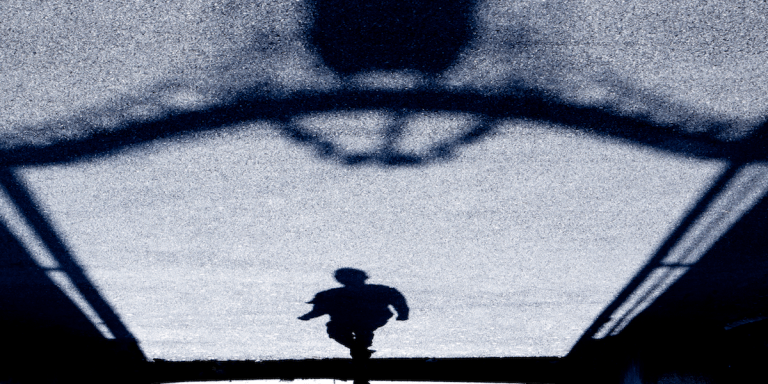The Art of Writing Believable Characters
 My favourite thrillers have always had great, memorable characters. I don’t always have to like them, but I have to be able to relate to them in some way and believe in them so that I’ll willingly follow them through the pages. So when I begin planning out my thrillers the characters have to come before the plot.
My favourite thrillers have always had great, memorable characters. I don’t always have to like them, but I have to be able to relate to them in some way and believe in them so that I’ll willingly follow them through the pages. So when I begin planning out my thrillers the characters have to come before the plot.
Anything can spark an idea for the plot; a conversation overhead in a busy café, a crime article in the local newspaper, a sudden ‘what if’ moment. But it’s the characters that have to pop into my head first. He or she might seem sketchy to begin with but to really get to know them I will compile a profile of each one: what they look like, how old they are, when they were born, their likes and dislikes, even what star sign they are. Then I’ll start asking myself questions about them. Are they quick to temper? Are they shy, outgoing, bubbly? What is their back story? What makes them the person they are at the beginning of the book? And then I try to think up scenarios for them to see how they would react. Would they get impatient waiting in a long queue because the woman at the front with a screaming baby is holding everyone up? Or would they use that time to catch up on their social media, to text friends, or reply to work emails? Would they feel bad for the woman at the front of the queue and offer to help by holding the baby? Or would they silently curse the woman or jump out of the queue to rant at her? You can tell a lot about a character by how they react in this simple scenario. A solid character foundation will make plotting so much easier because you’ll already know how they will react to each reveal and situation you throw at them.
This brings me to The Twist. I always feel under pressure to write a brilliant, unpredictable twist. But the best twists in a thriller aren’t totally left field. They occur naturally in the story and are the ones where your reader will be left shaking their heads in disbelief that they didn’t guess while thinking; “yes, of course! It could never have been anything else!” And again that comes back to the character. The twist in Gillian Flynn’s Gone Girl wouldn’t have worked so well if it hadn’t been for the brilliantly fleshed out characters of Nick and Amy Dunne. Likewise with The Girl on the Train with all three protagonists.
If the characters are fully rounded and realistic than whatever plot device you come up with—whether it be a sci-fi, fantasy or a thriller—will be believable too.
Read the Book
At loose ends after the devastating death of her mother, Una Richardson responds to an advertisement for a ladies’ companion, a position that leads her into the wealthy, secluded world of Mrs. Elspeth McKenzie.
But Elspeth's home isn’t the comforting haven it seems.
Kathryn, her cold and bitter daughter, resents Una's presence. More disturbing is evidence suggesting two girls lived here before her.
What happened to the young women?
Why won’t the McKenzies talk about them?
What are they hiding?
As the walls begin to close in around her, Una fears she'll end up just like the other girls . . .
By clicking 'Sign Up,' I acknowledge that I have read and agree to Hachette Book Group’s Privacy Policy and Terms of Use





